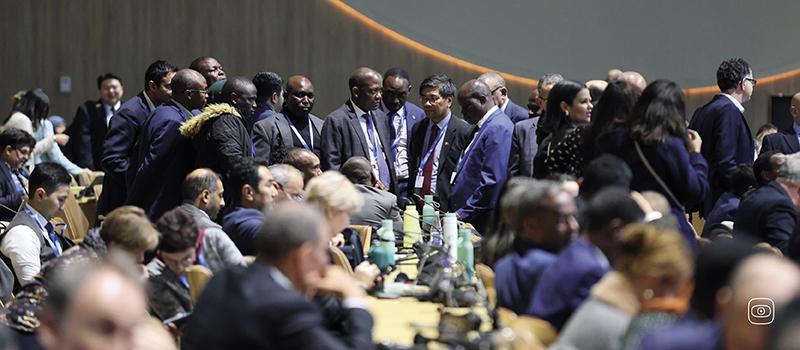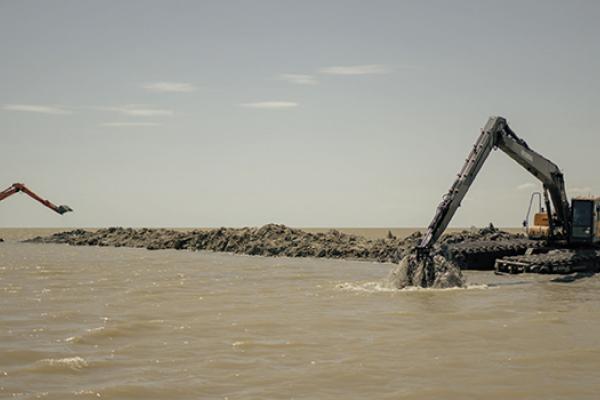Rich countries had already committed to raising $100bn a year. At the COP29 climate summit, they were tasked with agreeing on a new target to scale this finance up further, in order to meet the challenges ahead.
However, climate finance is, in the words of one of the interviewees, a “wild west”. Governments use their own methodologies and come up with their own rules when reporting this information, and there is no universal agreement on what “climate finance” even is. Moreover, the European governments whose climate finance we were investigating are often not transparent about what they count as climate finance.
While much climate finance funds legitimate projects, there are also examples of funds being used in unusual ways. Money has gone to fossil fuels and airports, while some donors report finance that may never be spent and others hand out loans that ultimately see them making a profit. Understanding how and why this happens is vital as the importance of climate finance ramps up at COP29 and beyond.
Photo by IISD/ENB | Mike Muzurakis
FOLLOW UP
Josh Gabbatis used a methodology that he developed for this project to write the first-ever analysis of the impact of Trump's 2025 aid cuts on global climate finance, which was in turn covered by other outlets including:
- Trump’s USAid cuts will have huge impact on global climate finance, data shows, The Guardian, 10/03/2025
- Comment, en 100 jours, Donald Trump a laminé l’action américaine pour l’environnement, Radio France Internationale, 30/04/2025







